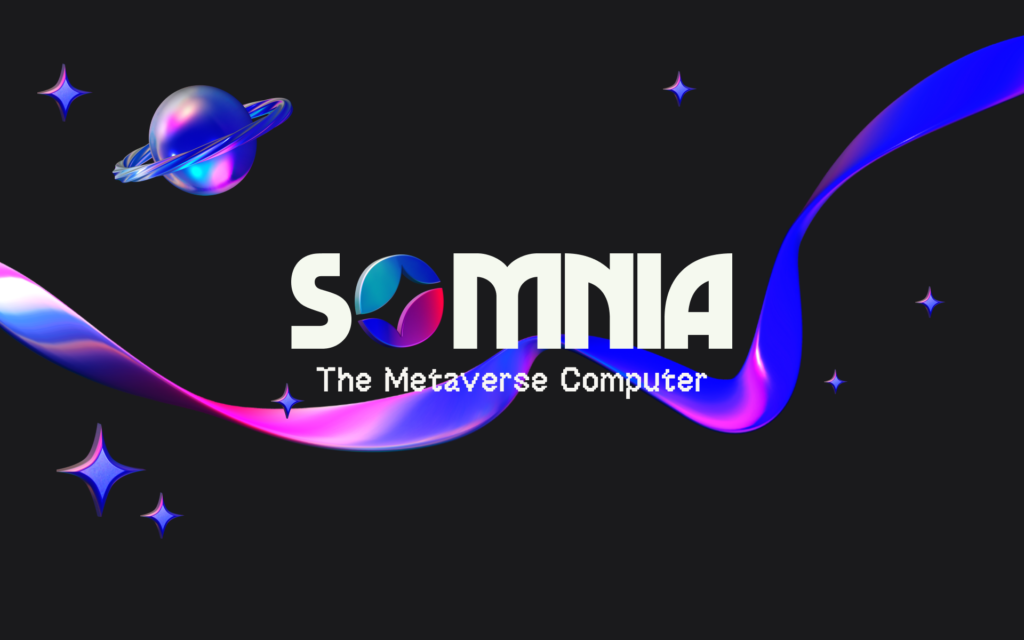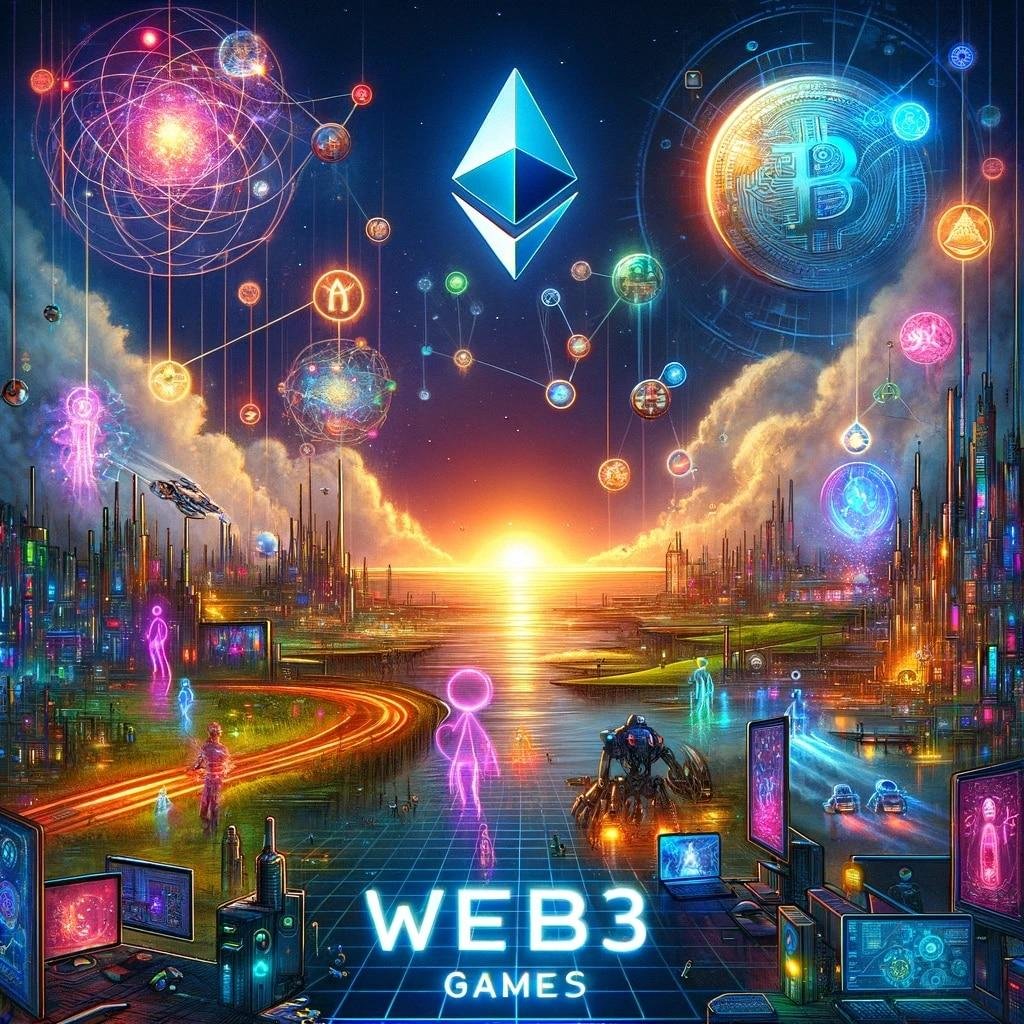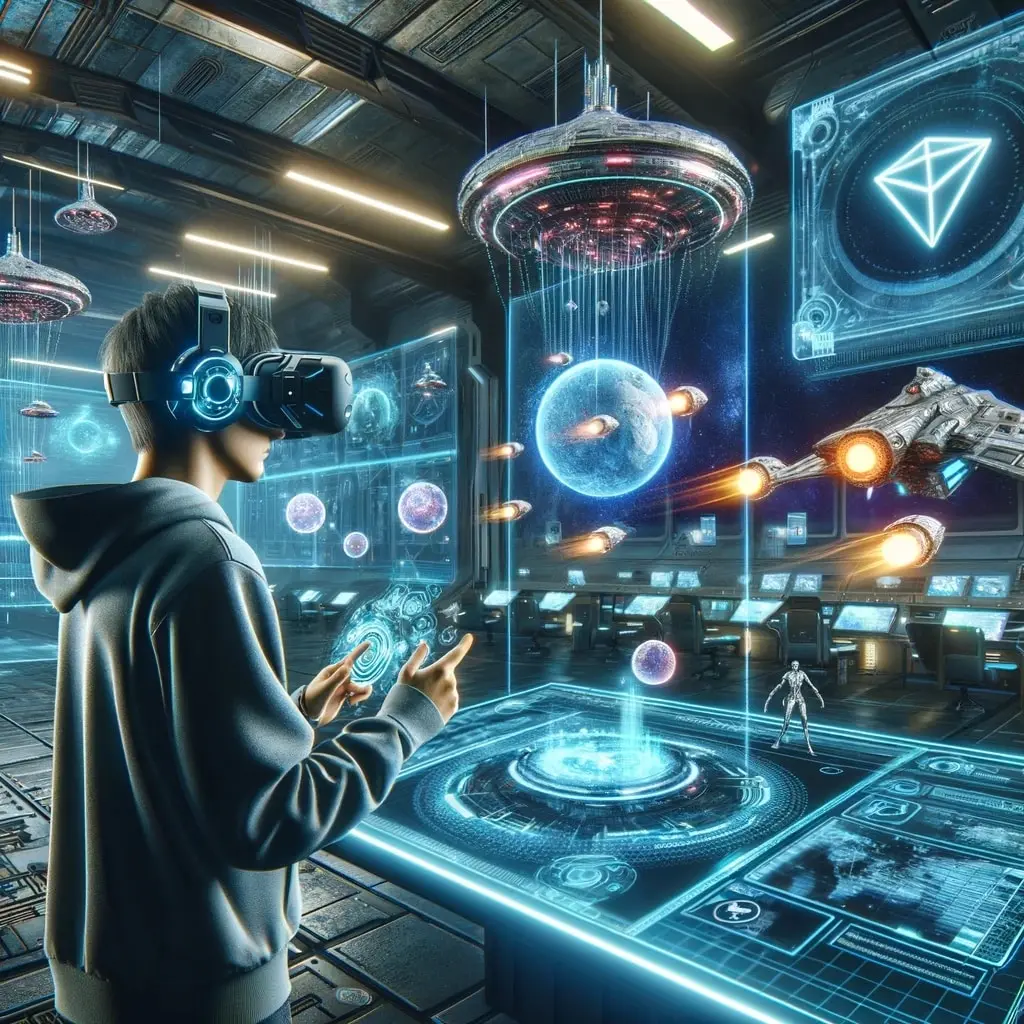The current digital asset metaverse ecosystem is still very fragmented, even if its market capitalization has exceeded $34 billion. With the ability to link a sizable portion of the overall TVL from the blockchain gaming, metaverse, and NFT sectors, Somnia thinks it has the solution. With a combined market value of nearly $100 billion, these sectors are projected to expand rapidly in the years to come.

Face-to-face problem solving
A valuable metaverse can only be developed, according to Somnia’s team, if creators are allowed to build upon one other’s work. Yet building a viable metaverse presents formidable economic realities. Developing the technology required for multiplayer and interoperable experiences can be extremely complex and time-consuming due to the associated risks.
Furthermore, developers may find it unappealing to enable others to build upon a metaverse and maybe “steal” its worth, even if it becomes popular. This resistance together with the fact that most infrastructures are unable to support the necessary levels of shared state, rules, and data further hinders the development of an interconnected metaverse.

Somnia warns that while a centralized solution may appear like an alluring remedy, it frequently results in incentives that aren’t aligned and structures that aren’t ideal for a system that aims to add value for its users. Because centralized platforms impose high take rates and absorb value that should ideally be generated by participants, they can by definition limit economic freedom.
Blockchain is an obvious basic solution, but the scalability of present infrastructures to support large-scale virtual worlds is a difficulty.
In order to address these issues head-on and enable hundreds of thousands of transactions per second with sub-second finality, Somnia is putting out a set of solutions. Its fundamental component is a layer-1 blockchain created to meet the particular requirements of the metaverse. Many parts of this network layer are operating in the background. When engaging with metaverses, they guarantee quick transaction times and cheap gas costs, which are two of the main issues that most general-purpose monolithic L1s and EVM-compatible chains face.
Inventive Architecture for Increased Effectiveness
In order to meet the performance requirements and cost targets that will support the project’s future growth, Somnia plans to establish a distinct L1. Using independent data chains is what Somnia seems to be doing in this instance differently. Each validator in Somnia’s design runs a separate blockchain, enabling autonomous block production. By doing away with the requirement for a consensus mechanism inside separate chains, this method can simplify data processing. Consensus is managed via a different blockchain that combines the heads of all data chains using an altered version of the HotStuff algorithm (a technique for achieving consensus in distributed systems). By doing this, it will be possible to separate the creation of data from consensus procedures, improving network efficiency.
The architecture of Somnia also appears to maximize storage capacity, bandwidth use, and execution speed. Somnia says it can achieve better execution speeds by converting EVM bytecode to highly efficient native code. Combining the bespoke data ingestion layer with further compression reduces bandwidth requirements while surpassing other bandwidth constraints. Furthermore, cache-friendly Merkle trees contribute to lower storage overhead. Apart from improving the infrastructure, Somnia is also developing a series of omnichain protocols. This will expedite the composability of metaverse experiences and enable unrestrained commerce. SOM0, which facilitates asset interoperability and commercialization, and SOM1, which allows for the composability of virtual assets and experiences, are the two main protocols that enable all of this.
Filling up the Gaps Between Web3 and Metaverse
With a range of approachable tools and interfaces, like the Playground sandbox environment and Metaverse Browser, Somnia is also actively working to close gaps between Web3 and the metaverse, opening up the metaverse to a wider audience.
Somnia is prepared to facilitate engaging and excellent metaverse experiences through collaborations with platforms such as MSquared. These partnerships demonstrate the infrastructure’s capacity to enable immersive large-scale events, complete with 3D avatars based on user-owned NFTs. Examples of these collaborations include official MLB ballparks and virtual concerts featuring K-pop sensations. Naturally, compatibility with Somnia also means that it integrates seamlessly with the extensive EVM ecosystem, opening up new possibilities for both users and developers.

We cannot facilitate the growth of a thriving metaverse creator economy with creator royalties and microtransactions unless we offer a basis that is both economical and scalable. The metaverse’s future is going to be significantly shaped by somnomia. Somnia aims to establish a technologically advanced, inclusive, collaborative, and truly open metaverse by empowering creators and offering a scalable and interoperable base. This virtual society will benefit all its members.



